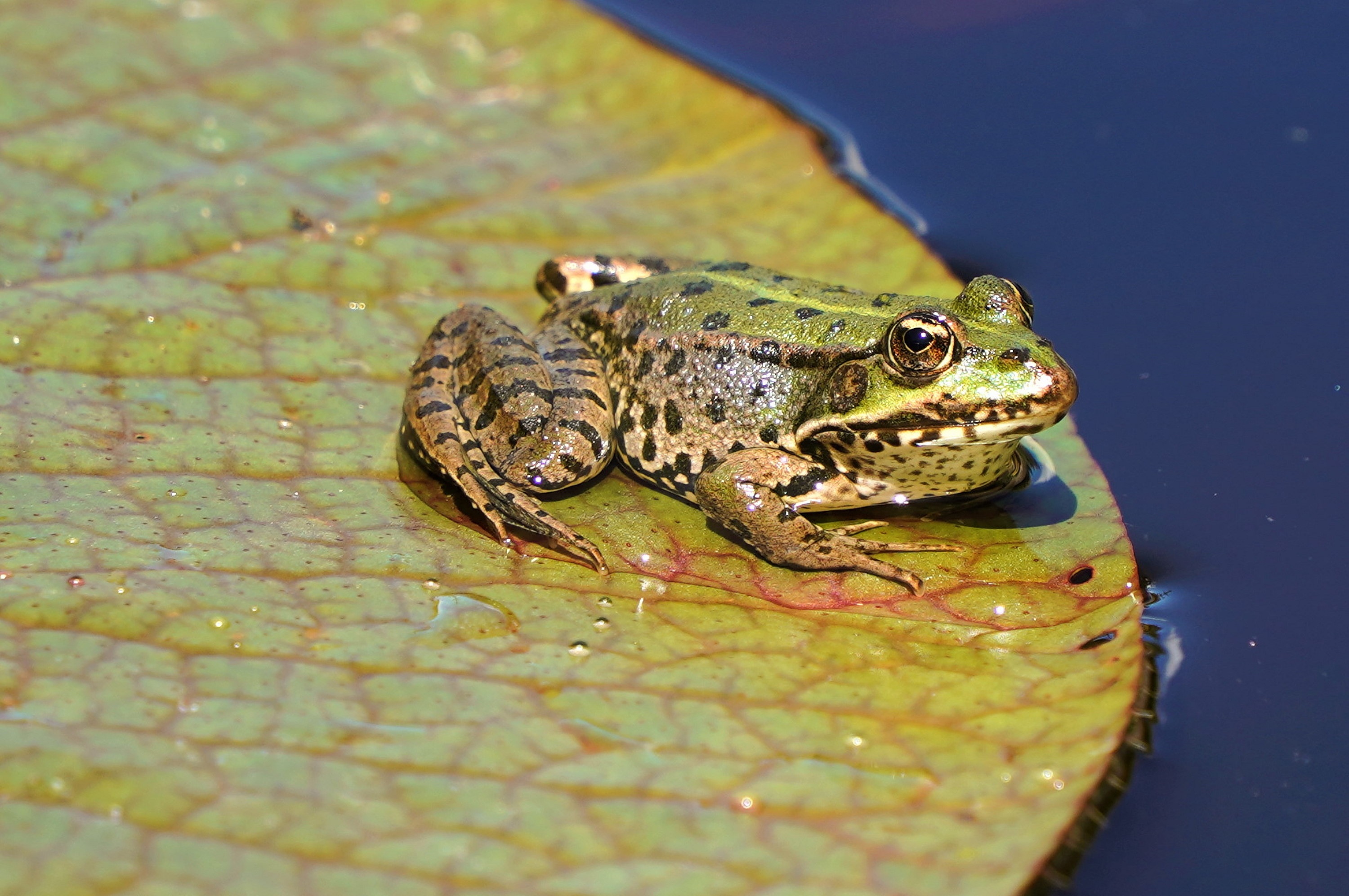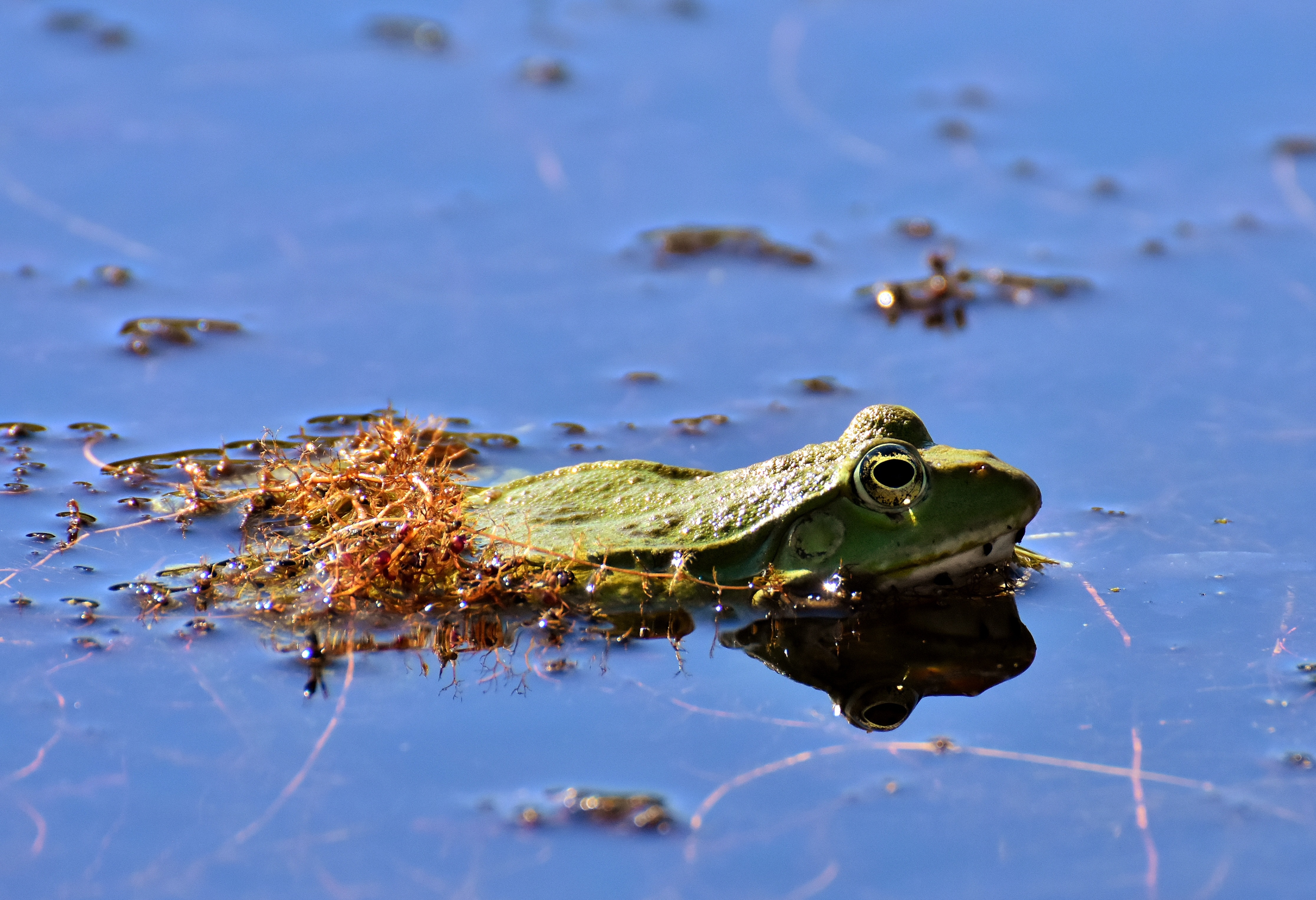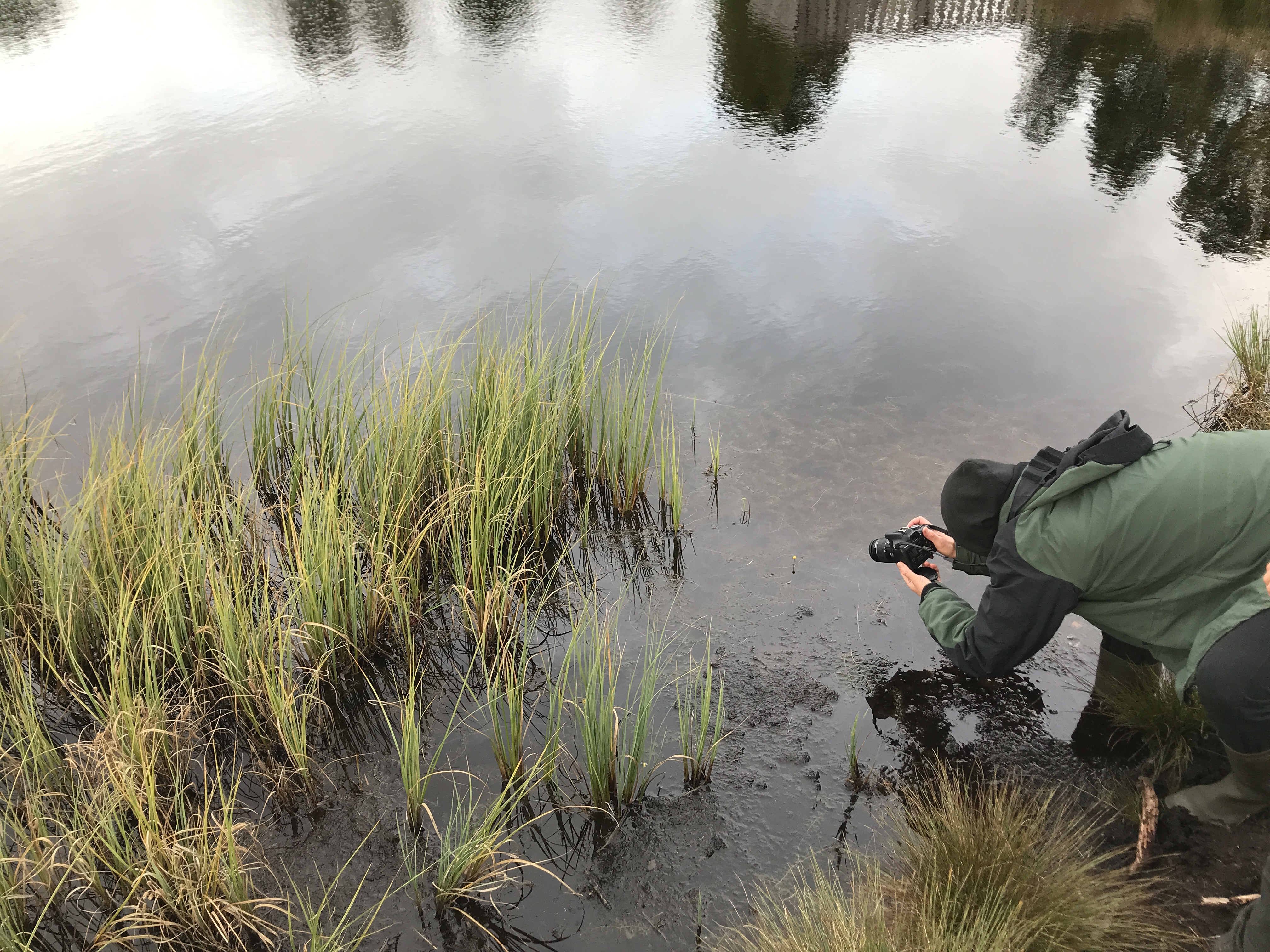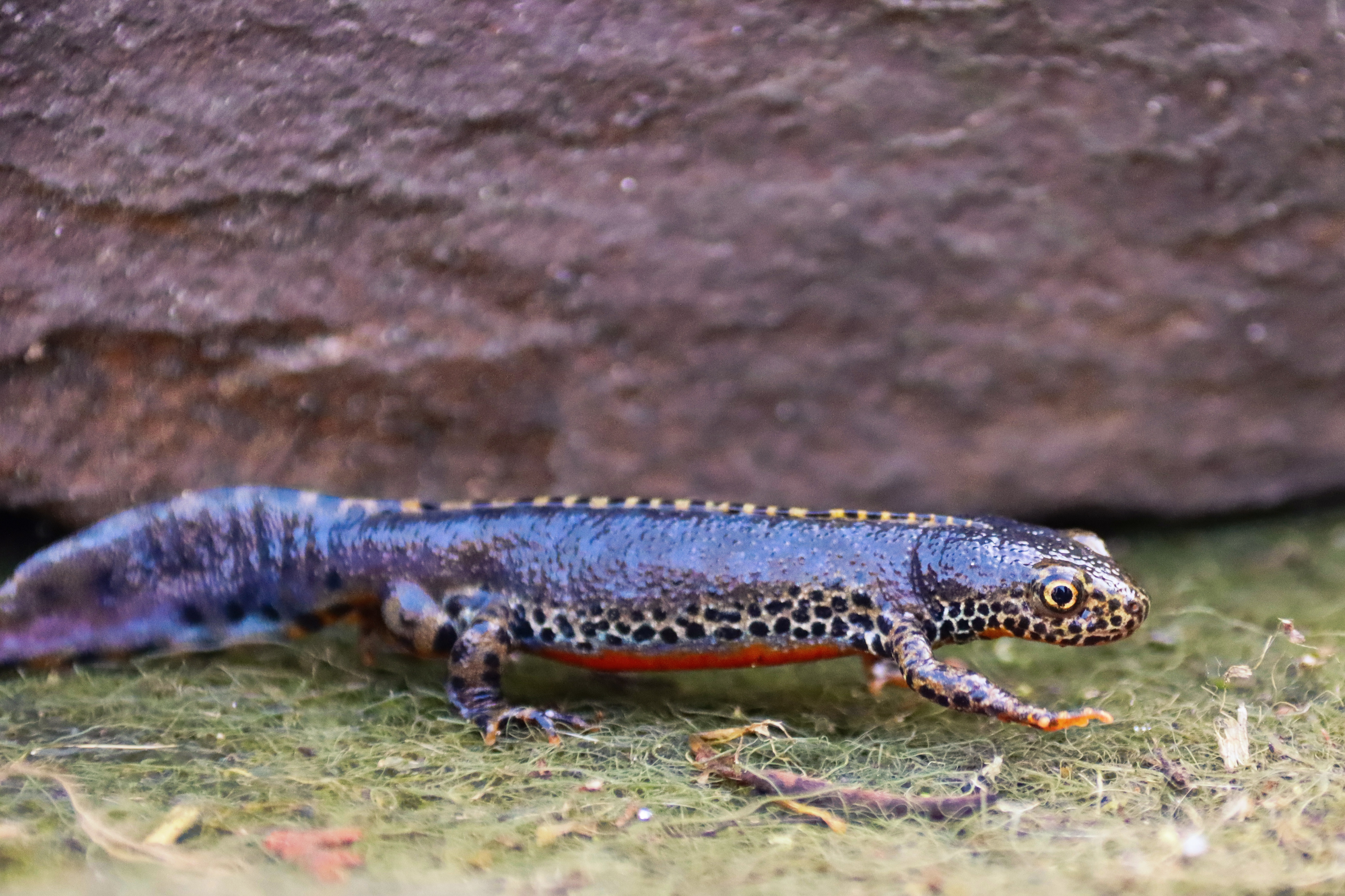Key characteristics of amphibians
Key characteristic of amphibians are various features that distinguish them from other groups of animals. European countries in central Europe and particular;y Austria, are playing a significant role in amphibian conservation efforts and research.
Amphibians in Europe
Amphibians in this part of Europe represent a diverse group of cold-blooded vertebrates. Their typical feature is that they go through a metamorphic process, which means that they change – they metamorphose from aquatic larvae to terrestrial adults.
The main groups of living amphibians in Europe are frogs and toads, salamanders and newts, and also caecilians. Caecilians are less-known limbless amphibians with a snake or worm-like appearance.Amphibians are adapted to different ecological niches and lifestyles. Each group contains a number of species that contribute to the total biodiversity of amphibians in Europe and worldwide.

Key characteristics of amphibians
Habitat: Amphibians are found in a variety of habitats, including freshwater ecosystems, forests, grasslands, and even deserts. They are particularly sensitive to environmental changes, and their skin is permeable, allowing them to absorb water and oxygen directly through their skin.
Life cycle: The life cycle of amphibians typically includes an aquatic larval stage and a terrestrial adult stage. Eggs are usually laid in water, and the larvae undergo metamorphosis to become adults. This transition often involves changes in body structure, respiratory systems, and feeding habits.
Skins: Amphibians have smooth, moist skin that is permeable to water and gases. This allows for gas exchange, but it also makes them susceptible to environmental pollutants. Some amphibians have glands in their skin that produce toxins as a defence mechanism against predators.
Respiration: Amphibians use various respiratory methods, including lungs, gills, and cutaneous respiration (breathing through the skin). Larval amphibians often have gills, while adults typically develop lungs. Cutaneous respiration is essential for many amphibians, especially in species that spend a significant portion of their lives out of water.
Ectothermic: Amphibians are ectothermic, meaning their body temperature is largely influenced by the external environment. They need to bask in the sun or seek shade to regulate their body temperature.
Feeding: Amphibians exhibit a variety of feeding strategies. They may be herbivores, carnivores, or omnivores, depending on the species. Many amphibians capture prey using their tongue, and some have specialized adaptations for feeding, such as the sticky tongue of frogs.
Behavioral Adaptation: European amphibians showcase various behavioral adaptations, including unique mating rituals, territorial behaviors, migration patterns, and responses to environmental cues.

Amphibian Vocalizations in Europe: Amphibians in Europe employ diverse vocalizations for communication, particularly during the breeding season. These calls, varying among species, play vital roles in courtship and territorial interactions.
Seasonal Phenomena and Hibernation: European amphibians navigate seasonal changes through strategies such as hibernation and aestivation. Aestivation is a state of inactivity and dormancy, somewhat similar to hibernation, but it occurs in response to hot or dry conditions rather than cold temperatures. Hibernation allows them to endure harsh winter conditions.
Amphibians as Indicator Species for Ecosystem Health: Amphibians in Europe serve as indicator species, reflecting the health of ecosystems. Their presence, abundance, or absence provides crucial insights into environmental changes and overall ecosystem well-being.
Conservation: Amphibians face numerous threats, including habitat loss, pollution, climate change, and diseases such as chytridiomycosis, which is a deadly infectious disease. Many amphibian species are experiencing declines in population, making them a focus of conservation efforts to prevent further loss of biodiversity.
Conclusion
European countries in central Europe, particulary Austria, are playing a significant role in amphibian conservation efforts and research. By this activity their contribute to understanding and addressing the factors affecting their populations. They confirm that health amphibian populations are crucial for the health of ecosystems in which they play important roles.








